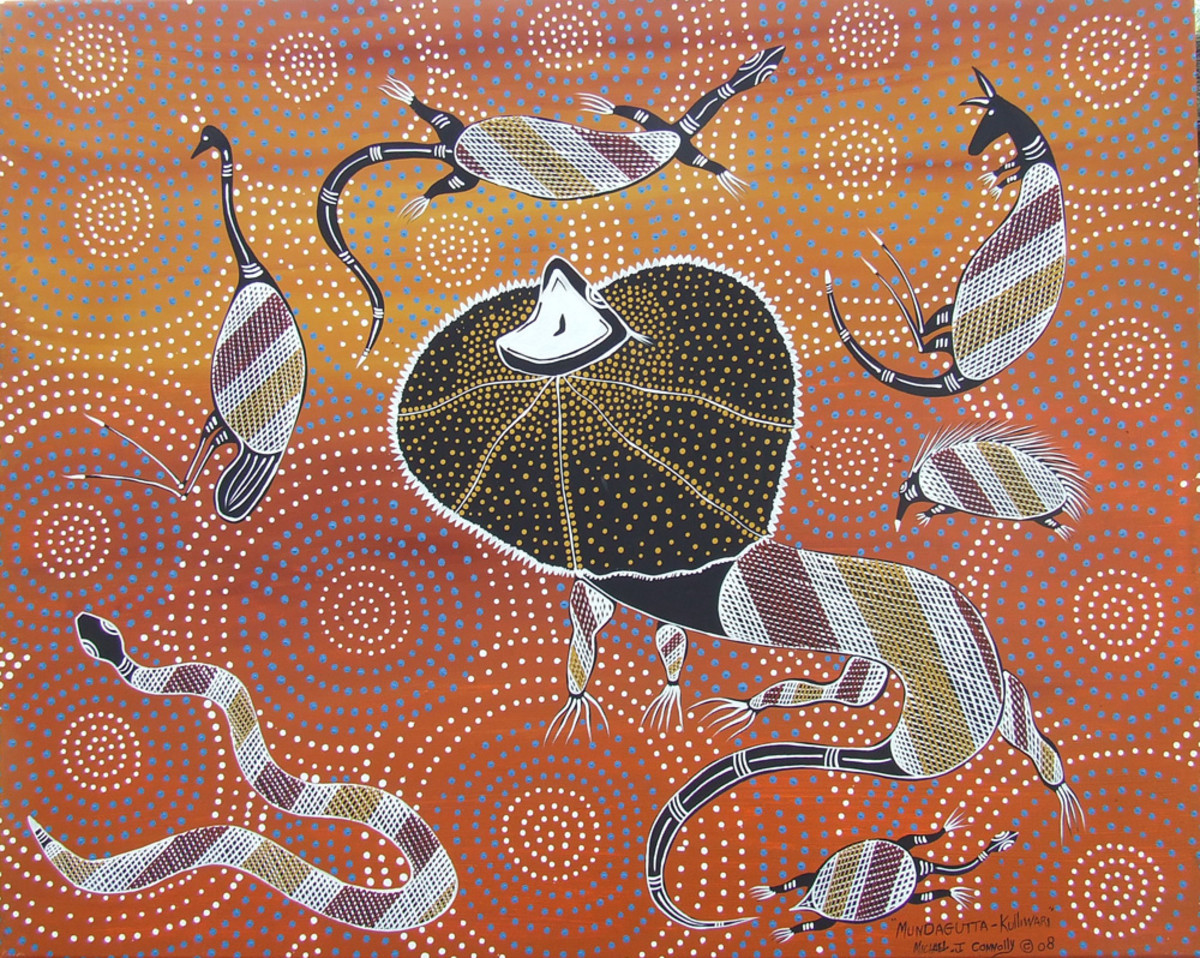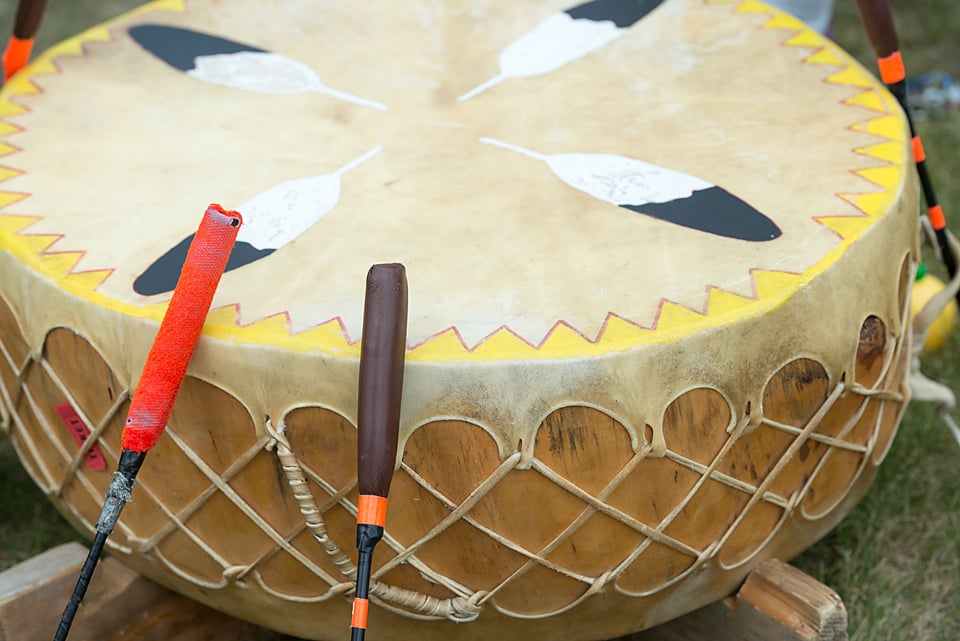Dreamtime: The Heartbeat of Aboriginal Culture
Dreamtime: The Heartbeat of Aboriginal Culture

The concept of Dreamtime, also known as the Dreaming, is a fundamental element of Aboriginal Australian culture, encompassing their creation story, spirituality, and connection to the land. It is a complex and multifaceted concept that transcends mere myth or legend; it is a living, breathing reality that shapes every aspect of Aboriginal life.
Understanding the Dreamtime
Related Articles: Dreamtime: The Heartbeat of Aboriginal Culture
- The Dreamtime: A Timeless Tapestry Of Aboriginal Culture
- The Language Landscape Of Australia: More Than Just English
- A Taste Of The Tropics: Exploring Australia’s Diverse Fruit Bounty
- A Bounty Of Oil: Exploring The Oleaginous Fruit Gems Of Australia
- The Australian Tongue: Exploring The Official Language Of Down Under
The Dreamtime is not a specific time in the past, but rather a timeless realm where the ancestors created the world and everything in it. It is a realm of spirits, where the laws and traditions of the Aboriginal people were established. It is a place where the past, present, and future are interconnected, and where the ancestors continue to guide and influence the living.
Creation Stories and the Ancestral Beings
At the heart of the Dreamtime lies the creation story, a complex tapestry woven from countless narratives about the ancestral beings who shaped the landscape, the flora and fauna, and the social structures of the Aboriginal people. These beings, often depicted as powerful animals, spirits, or human-like figures, travelled across the land, leaving behind their mark in the form of mountains, rivers, rock formations, and even the very patterns of the stars.
Each Aboriginal tribe has its own unique Dreamtime stories, reflecting their specific connection to their ancestral land and the beings who shaped it. These stories are passed down through generations, often through oral tradition, song, dance, and art.
The Importance of the Land
The Dreamtime emphasizes the profound connection between the Aboriginal people and their land. The land is not simply a resource to be exploited, but a living entity imbued with the spirit of the ancestors. Every rock, tree, and waterhole carries the memory of the Dreamtime, reminding the Aboriginal people of their responsibility to care for the land and its resources.
Living in the Dreamtime
The Dreamtime is not a static concept; it is a dynamic force that continues to influence the lives of Aboriginal people today. It guides their social interactions, their rituals, their art, and their relationship with the natural world.

The Dreamtime in Art and Ceremony
The Dreamtime is vividly expressed in Aboriginal art and ceremony. Rock paintings, carvings, and ground paintings depict the journeys of the ancestral beings, their creation stories, and their connection to the land. These artworks are not simply decorative; they are powerful tools for remembering, teaching, and connecting with the spirit world.
Ceremonies, often elaborate and complex, are performed to honour the ancestors, maintain their connection to the Dreamtime, and ensure the continuity of their culture. These ceremonies can involve singing, dancing, storytelling, and the use of sacred objects.
The Dreamtime and the Future
The Dreamtime is not just a story of the past; it is a vision for the future. It provides a framework for understanding the world and a blueprint for living in harmony with the land and with each other. The Dreamtime reminds us that we are all interconnected, and that our actions have consequences for generations to come.

The Dreamtime and Contemporary Issues
The Dreamtime is a powerful force that continues to shape Aboriginal culture and identity. It provides a framework for understanding the challenges faced by Aboriginal people in the modern world, such as dispossession, assimilation, and cultural loss.
The Dreamtime is a source of strength and resilience, reminding Aboriginal people of their deep connection to the land and their enduring spirit.
FAQ about Dreamtime
Q: What is the Dreamtime?

A: The Dreamtime, also known as the Dreaming, is a fundamental concept in Aboriginal Australian culture. It is a timeless realm where the ancestors created the world and everything in it. It is a place where the past, present, and future are interconnected, and where the ancestors continue to guide and influence the living.
Q: Is the Dreamtime a myth or a legend?
A: The Dreamtime is not simply a myth or legend. It is a living, breathing reality that shapes every aspect of Aboriginal life. It is a source of spirituality, tradition, and connection to the land.
Q: What are the ancestral beings?
A: Ancestral beings are powerful figures, often depicted as animals, spirits, or human-like figures, who shaped the landscape, the flora and fauna, and the social structures of the Aboriginal people during the Dreamtime.
Q: How is the Dreamtime expressed in Aboriginal art and ceremony?
A: The Dreamtime is vividly expressed in Aboriginal art and ceremony. Rock paintings, carvings, and ground paintings depict the journeys of the ancestral beings, their creation stories, and their connection to the land. Ceremonies, often elaborate and complex, are performed to honour the ancestors, maintain their connection to the Dreamtime, and ensure the continuity of their culture.
Q: What is the significance of the Dreamtime for Aboriginal people today?
A: The Dreamtime continues to be a source of strength and resilience for Aboriginal people today. It provides a framework for understanding the challenges faced by Aboriginal people in the modern world, such as dispossession, assimilation, and cultural loss. It also provides a sense of identity and connection to the land.
Q: How can non-Aboriginal people learn about the Dreamtime?
A: There are many ways for non-Aboriginal people to learn about the Dreamtime. You can visit Aboriginal art galleries and museums, attend cultural events, read books and articles, and talk to Aboriginal people themselves. It is important to approach the Dreamtime with respect and understanding.
Q: Why is it important to understand the Dreamtime?
A: Understanding the Dreamtime is essential for understanding Aboriginal culture and history. It is a key to appreciating the deep connection between Aboriginal people and their land and to recognizing the importance of respecting and preserving their traditions.

Closure
Thus, we hope this article has provided valuable insights into Dreamtime: The Heartbeat of Aboriginal Culture. We thank you for taking the time to read this article. See you in our next article!


